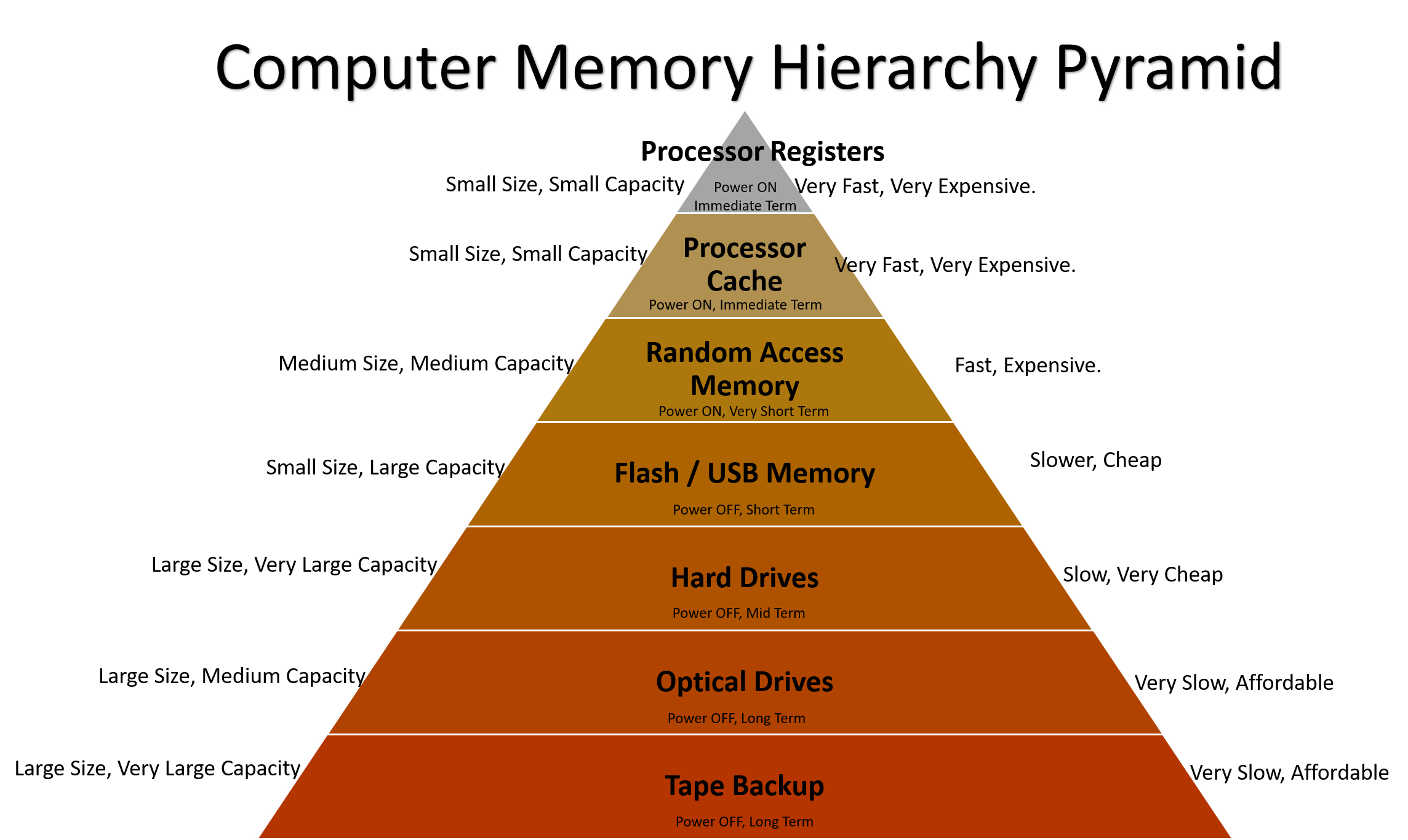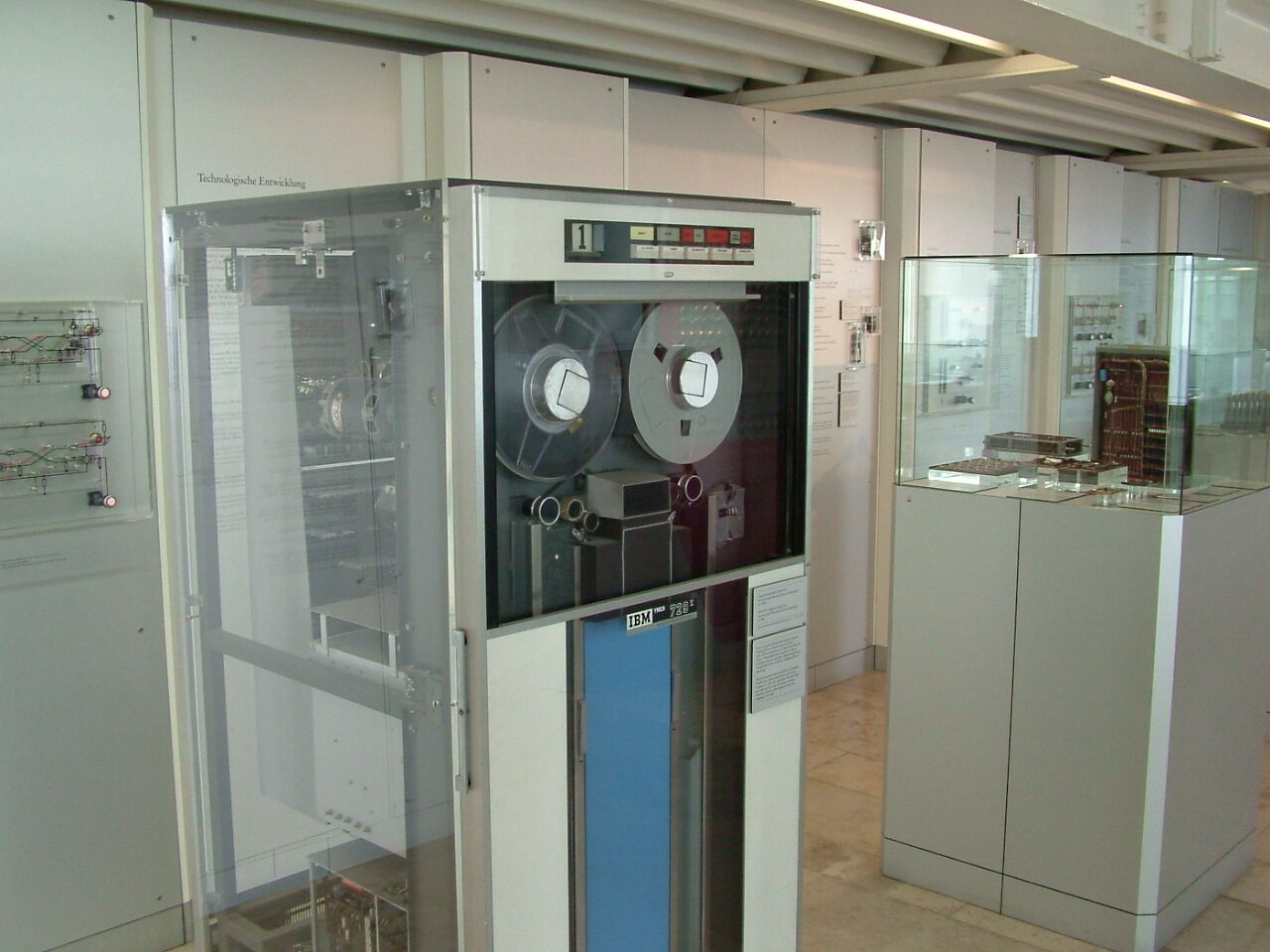This article was published as part of the Data Science Blogathon.
Introduction
For data analysts and machine learning professionals, understanding how computer memory works is helpful. From how a particular language is compiled or interpreted in memory, even how much memory the data structure consumes is of utmost importance. The more memory an application consumes, slower it will run. Can't just keep increasing system memory, due to various limitations, including cost, but not limited to that. Therefore, understanding how memory systems work is extremely helpful for both data science professionals and machine learning professionals.
RAM and ROM are some of the most used terms in computer jargon. Even if you may have forgotten the meaning of these popular abbreviations, somehow remember these names. But those who remember the full form of these abbreviations, they are not wiser than the others who do not. In this article, Let's explore what RAM is and what it represents. The focus of this article is not to explain the basics or how the computer's memory system works.. You can check my previous article “Understanding the computer's memory system” to get detailed knowledge about that. We are going to focus on the nomenclature, What does it represent and what are they called RAM and ROM what are they called?
Memory hierarchy:

RAM (random access memory)
RAM is an abbreviation for Random Access Memory. Let's understand what random access means. Random It means something that happens without order or methodical way of working, and even without conscious decision. In statistics, when they say Random, they mean that each element has the same probability, and none of the items are selected in any particular order or with a specific layout.
Access it is a means or opportunity to approach or enter a place.
Memory here it points to the computer's memory system.
Targeting all three definitions, Random access memory is computer memory that can be accessed randomly, or in other words, that computer memory that can be accessed or used (read or write) in any order (no particular address or order is required).
Am i still confused? I can feel empathy. For more clarity, Let's first see what a "random access memory" is NOT.
To be there, we need to go back a bit in time.
To understand the WHY of the nomenclature, let's review the history of computer memory. The evolution of computer memory dates back to a technology hundreds of years ago, which was first introduced by Basile Bouchon in 1725 to control the looms.
They were paper tapes, made of punch cards. The holes punched in the paper tape were used as data storage and were read by the machines. Initially they were used to store the designs and patterns used to embroider on looms.. The professionals
in embroidery operations they still refer to the people who create designs and
patterns for loom machines like “drills”, though punch cards and paper
The tape was gradually phased out of the looms in the decade of 1990.
In 1846, these punch cards were used to send telegrams, and in 1857 this technology was adopted for the preparation, storage and transmission of data in telegraphy.
Punched cards and paper ribbons are now things for hobbyists and museums. They were replaced by another tape device, that used magnetic tapes to store data. Magnetic tape made a big leap in data storage, as it could store large amounts of data for a very long period of time. Used a piece of metal oxide coated tape, where the data was stored. A single reel could contain data equivalent to 10,000 Perforated cards. This changed the computer industry forever.
They are still in use to archive the data, being the cheapest and most durable data archiving solutions. But nevertheless, even magnetic tapes are not conventional data storage devices today.
You might think we deviated from the subject of RAM and its nomenclature and, of the very purpose of this article. But that is not the case. These tape drives are the reason RAM is called a Random Access Device.
How is that?
When the first semiconductor RAMs were introduced in the 1920s 1960, popular storage devices in use were still magnetic tapes.

BM 729V. By No machine-readable author provided. TheSentinel64 assumed (based on copyright claims). – A machine-readable font is not provided. Own work assumed (based on copyright claims)., CC BY-SA 2.5, https://commons.wikimedia.org/w/index.php?curid = 1717519
Tape drives used a long reel of magnetic tapes. (Very similar to video or audio cassettes used to store movies and music). The tapes were read sequentially. Namely, data on tape can be accessed in the same order it was written. When a computer wants to access data, you have to advance or rewind through the tape until it reaches the exact point where the data you want is, just like one has to go back and forth through an audiotape to find the favorite song.
If you were at the beginning of the tape and wanted to read or write on the other end of the tape, you had to roll up all the tape to get to that place physically, to be able to access that. That is why sequential memory was accessed. Data is stored in sequence and the time it takes to read or write information depends on where the tape is in relation to the read and write head. (the magnet that reads and writes information from the tape) at one point. .

But nevertheless, this new semiconductor-based memory (introduced in the decade of 1960 and developed by Bell Labs, IBM e Intel), which was based on transistors, I had no such limitations. Data stored on it can be accessed at any location just as easily and in the same amount of time. Therefore, instead of “Sequential access memory”, this was “random access memory” where the data was randomly written and read. (Remember the definition of random from the statistic).
In statistics, when they say Random, they mean that each element has the same probability, and none of the items are selected in a particular order or with a specific layout.
The usefulness of RAM
RAM is essentially super-fast, high-speed storage that the computer and its applications use to store and access temporary data.. It can be considered as the short-term memory of a computer. When a program starts (for instance, Google Chrome browser or Microsoft Excel file), your common data is stored in RAM and, as RAM is much faster than a hard drive (secondary memory), the program runs faster by having data directly accessible from RAM. . As soon as the program ends (close the browser or file), RAM frees up your data. Therefore, the higher the RAM, faster the computer will work with more simultaneous programs.
Writable volatile random access memory example: synchronous dynamic RAM modules, used primarily as main memory in personal computers, workstations and servers. Por An-d – Own job, CC BY-SA 3.0, https://commons.wikimedia.org/w/index.php?curid = 27224495
Computers with less RAM can't do many things at once. Let's say, for instance, you are working on multiple video files and, at the same time, open many web browsers. RAM requirement increases with each new program that is opened. What happens when the amount of “temporary memory” required by a computer exceeds RAM? Modern computers use a memory management technique called virtual memory. This is a method to expand RAM capacity. A portion of the computer's hard drive is reserved for a paging file, and now the sum total of the RAM and the paging file becomes the total "Temporary Memory". But nevertheless, there is a catch. Hard drive is much slower than RAM. And every time the computer relies on taking data from the hard drive's paging file, gets slower response than RAM would deliver.
Therefore, the higher the RAM, the faster the computer operations will be.
Now the natural question arises again. Why is the RAM in the range of 1 a 8 GB (or sometimes something higher) but hard drives are in the range of 512 GB a 2 TB (Terrabyte = 1024 GB)?
When RAM is so important, Why not have more RAM?
The answer is the COST.
What has changed now?
Now, almost all modern storage devices are also, in general, random access devices. Unlike magnetic tape, magnetic hard drive (also called hard disk) allows you to access data from anywhere with almost the same speed. Solid state drives (SSD hard drive) they are really random access drives, like flash drives (also called USB drives or pen drives). Therefore, the differentiation that the name RAM (random access memory) created for ram (which is actually main memory and also volatile) of storage devices of the past has decreased over time and is totally irrelevant as of now. Even so, the nomenclature became so popular that it is still called RAM.
And how the tech ecosystem that gave RAM its name no longer exists, the name means nothing to the end user and, Thus, does not convey its real purpose or meaning. Volatile memory is a better word for that., but it's not as sticky as RAM for sure.
Conclution
One of the most common terminologies of the computer system derives its name from its technological advance over the prevailing system when it was born. No one would have imagined that the technology that will become so common in the future, will retain your name as one of the devices. But nevertheless, RAM is not alone in the house. ROM is very present, giving you company, but with a different perspective.
What's that?
Wait until the next article for it to unravel.







